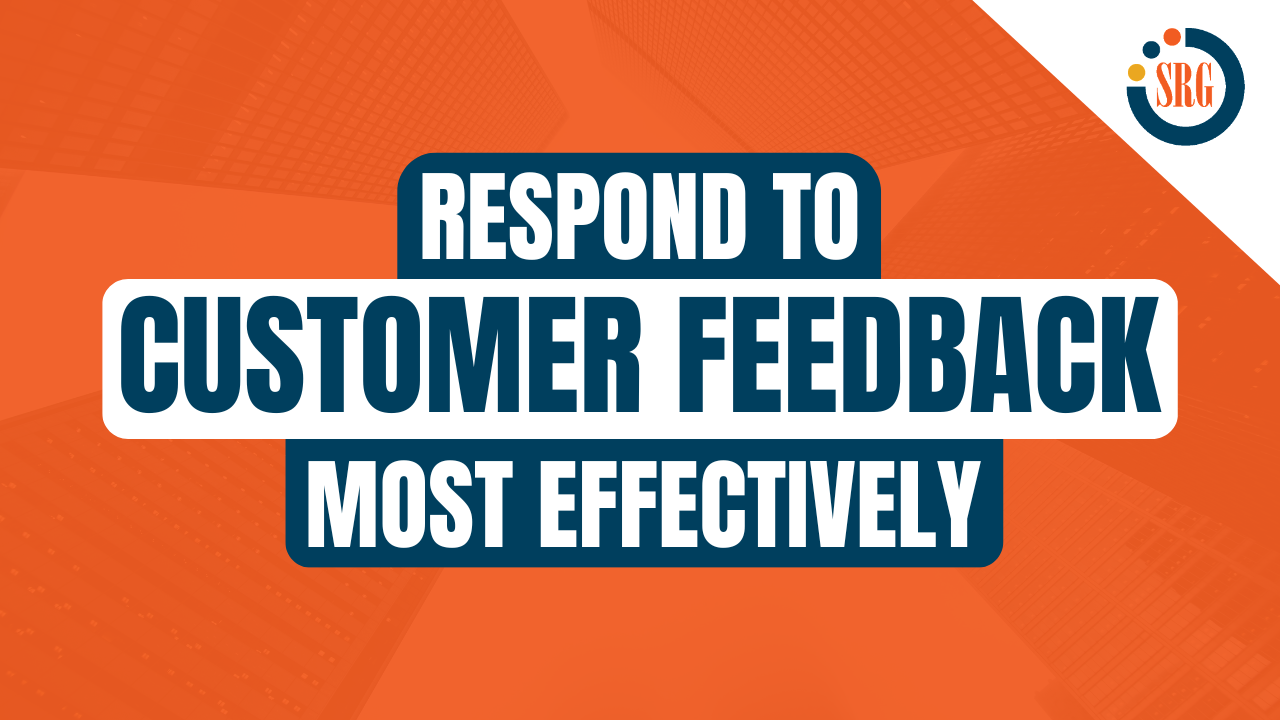How to Respond to Customer Feedback Most Effectively


Think of a recent sales call where you just presented your solution to a buyer. Assuming you have done an effective job of identifying the buyer’s needs and connected your solution to those needs, this buyer should say “yes”. Right? Well not so fast.
Your buyer is now evaluating how your solution will best address his or her needs, and it is here during this evaluation process where objections often arise. The root cause of such objections may be some real or perceived way your solution doesn’t adequately address the buyer’s needs. Buyer objections may also be caused by the buyer comparing your solution against a competitor’s solution, or perhaps another influencer or decision maker has now entered the buying process with new needs or requirements.
So as a seller it is absolutely essential that you know how to respond to customer feedback after presenting your solution.
Many sellers rush through this process, perhaps because they are so excited about their own solution or perhaps they are hesitant, or fear a negative response. But, in order to be successful at this stage you need to maintain a curiosity about how the buyer is responding to the product or service that has been presented.
Getting Feedback
Obtaining buyer feedback really translates to frequently asking questions about fit. “Does this seem like it will work?”, “Would this be helpful to you?” or “Would this solve your issue with …?” Gaining a customer’s feedback is the only way to know whether you are on track or not.
Very often, a customer’s feedback is also apparent through their body language. Think of the cues of positive feedback when a customer is excited. Their body language becomes animated or they may ask questions about implementation.
When negative feedback is the response, it is often body language that cues the seller. Sitting back in their chair, looking at their phone, appearing distracted and lack of eye contact are common negative cues.
Clearly asking for feedback and observing body language are two ways of gaining feedback but there is a third and less commonly used approach; making a statement and then pause for a moment to let the buyer respond. This technique often yields the most honest response if the seller can wait it out. This is challenging for many sellers because as we all know sellers love to talk, but giving your customers time to process information has a powerful effect.
Managing Positive Feedback
When feedback is positive, most sellers rush ahead to ask for the sale. However, there are three important things you can do before asking for commitment to leverage this positive feedback and possibly grow the sale:
- Reinforce the buyer’s positive response. Agree with them and let them know they are making a good decision.
- Explain other aspects of the product or solution by highlighting other positive benefits. Don’t go overboard, so as to overwhelm the buyer but helping them see other positives is very beneficial.
- Probe for other opportunities, contacts or referrals. This is dependent upon the confidence you have and upon the complexity of the sale. There are times when it is best to just close the business at hand but other times when it is beneficial to probe further. You will need to use their best discretion on which strategy is best.
Managing Negative Feedback
When feedback is negative (objections), you need to be careful in handling your response. Avoid being defensive or arguing with the buyer. We recommend adding the following four-step objection handling model to your selling toolkit:
- Acknowledge: The first thing when an objection arises is to acknowledge the buyer’s concern. There is an art to empathizing, not sympathizing but nonetheless the acknowledgement says to the seller “I get it, I understand.”
- Clarify: The next stage is to clarify the concern by probing to get at the heart of the objection. The clarify probes to inquire more about whether the seller is objecting to this aspect or that aspect. Clarifying may also be about digging deeper to truly understand the concern.
- Address: Once the objection is thoroughly understood, then and only then should you directly and concisely address the objection.
- Confirm: The last stage is to confirm that the objection has been answered and then, if appropriate, ask for the sale.
Managing buyer’s feedback means actively seeking feedback and responding to both positive and negative feedback. Doing so will help you better expand selling opportunities in the case of positive feedback and manage objections in the case of negative feedback.
